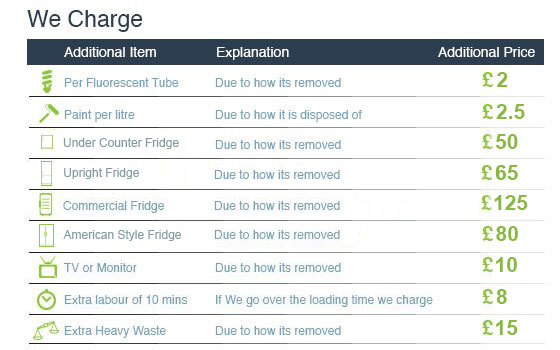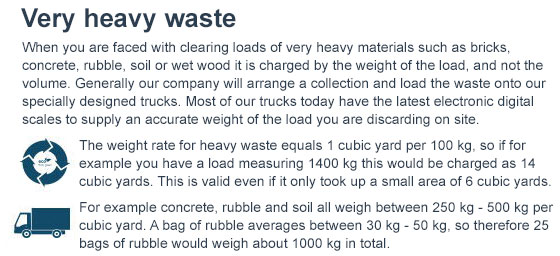What Are the Benefits of Using Renewable Resources?
Posted on 17/11/2024

What Are The Benefits Of Using Renewable Resources?
Renewable resources provide an attractive renewable energy alternative to traditional non-renewable resources such as coal, oil and natural gas. Renewable resources are those that can be replenished constantly - such as wind, solar, hydropower, biomass, and geothermal energy.
Using renewable resources offers several advantages over traditional non-renewable sources. Some of the benefits of using renewable resources include:
1. Reduced Environmental Footprint:
Using renewable sources can reduce our environmental footprint significantly because renewable sources emit fewer greenhouse gases into the atmosphere. This means that fewer pollutants are being released into the air, which helps to prevent global warming. In addition, renewables do not require mining or drilling processes - meaning no disruption to the environment through either land degradation or water contamination.
2. Cost-Effectiveness:
Long-term investments in renewable energy often have a shorter payback period compared to conventional power plants due to the fact that they require little maintenance and can typically last for up to 25 years or more. Furthermore, many countries are introducing financial incentives to make switching to renewables easier and more cost-effective for businesses and individuals alike.
3. More Reliable:
Renewable sources such as solar power rely on natural elements such as sunlight - this makes them more reliable than traditional non-renewable sources since they are constantly available without any human intervention required. This means that with renewable sources there is less risk of unexpected power outages or other disruptions to services such as electricity or water supply - making them incredibly beneficial in emergencies when quick access to power is essential.
4. Increased Job Opportunities:
The increased demand for renewable energy can create new jobs within the industry, which can help stimulate economic activity in areas where unemployment rates are high. For instance, the development of solar farms requires a variety of workers with different skill sets ranging from construction workers to technicians, making it an ideal employment opportunity for people in rural areas who don't usually have access to higher-paying positions.
5. Local Production & Distribution:
Renewables allow local communities production and distribution of energy instead of relying on distant power stations that may not always work efficiently. This greatly reduces transmission costs (since electricity doesn't have to travel so far) while also reducing strain on existing grids by helping spread out demand across multiple locations which reduces the likelihood of overloads occurring during peak times. It also means consumers don't have to pay extra fees associated with travelling electricity suppliers or additional transmission lines and cables needed to receive their electricity from a distance supplier.
Overall, using renewable resources is becoming increasingly popular due to the numerous benefits they offer. Renewables provide greater cost savings over traditional sources while also improving environmental standards at the same time - making them an attractive energy option in today's world where sustainability and carbon reduction are two major issues facing us all globally.
















